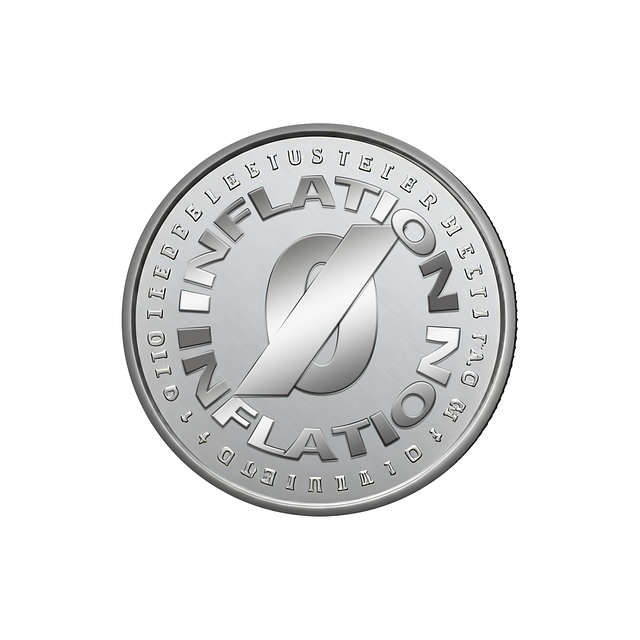In today's competitive landscape, effective cash flow management is crucial for business success. Spot factoring and whole ledger factoring are two powerful tools that can optimize cash flow. Spot factoring offers quick access to funds by advancing against future sales invoices, ideal for irregular cash flows. Whole ledger factoring provides ongoing financing against all accounts receivable, suitable for sustained liquidity needs. By comparing factoring options, businesses can strategically choose the best approach to manage cash flow, cover expenses, and foster growth while planning for long-term success. Both methods enhance operational efficiency, with spot factoring providing flexible terms and control over financial assets, distinguishing it from traditional financing methods. Real-world examples demonstrate their effectiveness in various sectors.
In today’s fast-paced business landscape, immediate financial needs can arise at any moment. Spot factoring stands out as a strategic solution for companies seeking to unlock quick access to funds without traditional banking routes. This article delves into the intricacies of spot factoring and its immediate benefits, offering insights on how it differs from whole ledger factoring and comparing various options to optimize cash flow. We explore strategies for selecting the ideal factoring approach, integrating it into business cash management, and present real-world examples of successful spot factoring applications.
- Understanding Spot Factoring and Its Immediate Benefits
- How Whole Ledger Factoring Differs and Compares
- Evaluating Factoring Options to Optimize Cash Flow
- Strategies for Choosing the Right Factoring Approach
- Integrating Factoring into Business Cash Management
- Real-World Examples: Success Stories of Spot Factoring
Understanding Spot Factoring and Its Immediate Benefits

Spot factoring is a financial tool that offers immediate benefits for businesses with urgent cash flow needs. It’s a type of whole ledger factoring where funds are advanced against future sales invoices, providing businesses with quick access to their receivables. By comparing different factoring options, business owners can choose the best approach to optimize cash flow and manage their finances more effectively.
This immediate funding solution allows businesses to focus on core operations without the delays associated with traditional financing methods. It enables smoother business cash management, ensuring that companies have the resources they need to seize opportunities, cover unexpected expenses, or maintain steady growth. By understanding spot factoring benefits and its role in financial management, businesses can make informed decisions to meet their short-term needs while strategically planning for long-term success.
How Whole Ledger Factoring Differs and Compares

Spot factoring and whole ledger factoring are two distinct approaches within the realm of factoring, each offering unique benefits to businesses seeking to optimize their cash flow. While spot factoring provides a quick injection of funds by selling invoices individually, whole ledger factoring involves financing the entire account receivable balance, offering a more comprehensive solution for business cash management.
When comparing factoring options, it’s essential to consider your specific financial needs and goals. Spot factoring is ideal for businesses with irregular cash flow patterns or immediate financial requirements, as it allows you to access funds quickly for specific invoices. On the other hand, whole ledger factoring is better suited for companies aiming for a more sustained cash flow optimization by providing ongoing financing against their entire receivables portfolio. Choosing the right approach depends on whether you prefer shorter-term relief with spot factoring or long-term liquidity management through whole ledger factoring, both of which can significantly contribute to effective business cash management strategies.
Evaluating Factoring Options to Optimize Cash Flow

When considering spot factoring as a means to optimize cash flow and immediate financial needs, it’s crucial to evaluate different factoring options available in the market. This process involves comparing whole ledger factoring against various other approaches to determine which one best aligns with your business requirements. Start by assessing your current cash flow situation and identifying specific areas where factoring can provide relief. For instance, spot factoring benefits include rapid access to funds, typically within 24 hours of invoice assignment, which can significantly improve your business cash management.
Next, consider the terms offered by various factoring providers, including fees, interest rates, and payment structures. Whole ledger factoring involves assigning all eligible invoices to a factor, ensuring a steady stream of cash. Compare this with other options like select invoicing or single-invoice factoring, where you can choose which invoices to sell. The choice should be guided by your business’s complexity, invoicing volume, and the level of control you wish to retain over your accounts receivable. Ultimately, the goal is to choose a factoring approach that maximizes benefits while keeping operational costs in check.
Strategies for Choosing the Right Factoring Approach

When it comes to choosing the right spot factoring approach for immediate financial needs, understanding your business’s unique requirements is crucial. Start by evaluating your cash flow needs and the specific benefits of spot factoring. This method offers immediate liquidity by selling accounts receivable at a discount, allowing you to optimize your cash flow quickly. Compare different factoring options available in the market, keeping an eye out for flexible terms that align with your business’s cycles.
Whole ledger factoring is another approach worth considering if your business deals with multiple, consistent transactions. This method involves selling all of your accounts receivable to a factor, providing a steady cash flow. However, it’s essential to compare this option against other financing methods and choose the one that best supports your business cash management strategy. Remember, the goal is to select a factoring approach that not only meets your immediate financial needs but also contributes to the long-term health of your business.
Integrating Factoring into Business Cash Management

In today’s fast-paced business landscape, effective cash management is a game changer for any company’s success and longevity. Integrating spot factoring into your business cash management strategy offers a powerful solution to optimize cash flow and meet immediate financial needs. This efficient approach allows businesses to unlock the benefits of whole ledger factoring by selling accounts receivable at a fraction of their value, providing quick access to much-needed capital.
When considering different factoring options, it’s crucial to compare various approaches. Spot factoring stands out as a flexible choice, enabling businesses to choose their preferred payment terms and maintain control over their financial assets. By carefully evaluating the spot factoring benefits and comparing them with traditional financing methods, companies can make informed decisions that align with their cash flow goals, ultimately fostering sustainable growth.
Real-World Examples: Success Stories of Spot Factoring

In today’s fast-paced business landscape, effective cash flow management is crucial for survival and growth. Spot factoring has emerged as a powerful tool that offers numerous benefits to businesses across various industries. Real-world examples showcase its success in optimizing cash flow and enhancing business operations. For instance, a small retail company struggling with delayed payments from customers found solace in spot factoring. By selling their accounts receivable, they received immediate funding, enabling them to meet their short-term financial obligations and invest in inventory for future growth.
Another case study involves a manufacturing firm that utilized whole ledger factoring to streamline its payment process. This approach allowed them to compare different factoring options and choose the most suitable one based on their specific needs. As a result, they experienced faster turnaround times, improved cash management, and better control over their financial resources. These success stories illustrate how spot factoring can be tailored to fit various business models, providing a flexible and efficient solution for optimizing cash flow and facilitating overall business cash management.
